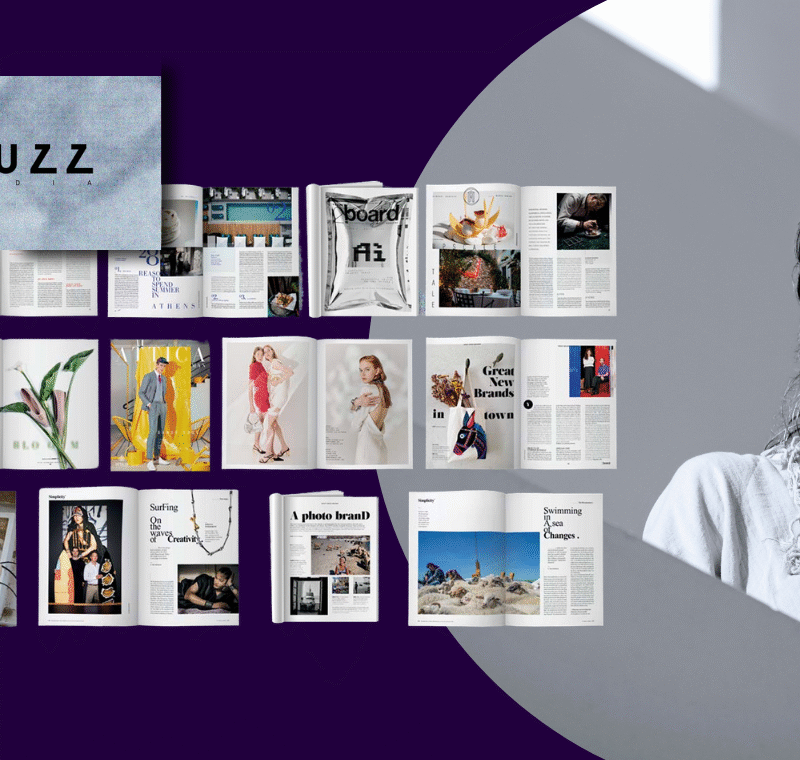Internet will be biggest medium in third of global ad market by 2017
In four of these markets internet advertising will attract more than half of total adspend. Globally the internet will remain in second place, behind television, though the gap between the market shares of the two media will shrink from 11 percentage points this year to just four in 2017.
The internet was already the dominant medium in seven markets last year – Australia, Canada, Denmark, Netherlands, Norway, Sweden and the UK – and by 2017 will dominate another five – China, Finland, Germany, Ireland and New Zealand. The internet’s market share will exceed 50 per cent in the UK this year, in Denmark and Sweden next year, and in China in 2017.
Mobile is driving growth in internet market share and global adspend
The main driver of internet growth is mobile advertising. Between 2014 and 2017 we forecast that mobile will more than double its share of global adspend, from 5.1 per cent to 12.9 per cent. Desktop internet’s share will remain stable, changing from 19.3 per cent in 2014 to 19.4 per cent in 2017, while every other medium will lose share to mobile. Mobile is also the driving force behind the growth of the whole market, and will contribute 70 per cent of all global adspend growth between 2014 and 2017.
Global adspend to grow 4.2 per cent in 2015
ZenithOptimedia forecasts that global adspend will grow 4.2 per cent to reach US$531bn in 2015, and will accelerate to 5.0 per cent growth in 2016, boosted by the 2016 Summer Olympics in Rio and the US Presidential elections. Adspend will then slow down slightly in the absence of these events, growing 4.3 per cent in 2017.
We have reduced our forecasts for adspend growth in 2015 and 2016 fractionally, by 0.2 and 0.3 percentage points respectively. This is partly due to the strength of the US dollar against the currencies of many faster-growing markets, which reduces their contribution to the global total, and partly due to a weakening in Latin America.
Latin America remains key driver of ad growth despite slowdown
Latin America has been restrained by low prices for oil and other export commodities, and the weakness of the economy in Brazil, which shrank 1.6 per cent year-on-year in Q1. We have reduced our forecasts for growth in Latin American adspend by three percentage points in 2015, from 11.4 per cent to 8.4 per cent. For our full forecast period, between 2014 and 2017, we have scaled back our forecasts for Latin America’s growth from 12.0 per cenr a year to 6.9 per cent a year. Latin America remains one of the world’s fastest growing regions, and a key driver of global adspend growth. We still expect double-digit annual growth rates from Argentina, Uruguay and Venezuela, with Costa Rica, Mexico and Panama close behind, growing at eight to nine per cent a year between 2014 and 2017.
Fastest growth coming from Fast-track Asian markets
The fastest growth in adspend is coming from the region we call ‘Fast-track Asia’, which includes China, India, Indonesia, Malaysia, Pakistan, Philippines, Taiwan, Thailand and Vietnam. Their economies are growing extremely rapidly as they adopt best business practices and technology, while benefiting from the rapid inflow of funds from investors. This region is the main engine of global adspend growth, and we forecast it to expand by 9.1% a year between 2014 and 2017. The star performers are India, Indonesia, the Philippines and Vietnam, each of which we forecast to grow at double-digit rates over this period.
Eurozone continues to strengthen, though risks remain
The eurozone economy has strengthened over the past few months, thanks mainly to low oil prices and the European Central Bank’s quantitative easing programme. The eurozone is a big net importer of oil, and the drop in oil prices has acted like a tax cut for consumers, who have spent their savings elsewhere. The economic stimulus has fed through to the ad market, which we now forecast to grow 2.0% this year, up from our previous forecast of 1.6 per cent.
Not all eurozone markets are in recovery yet, though most are moving in the right direction. We forecast a 0.3 per cent decline in Finland this year, followed by 1.6 per cent growth in 2016; for France we forecast a 0.4 per cewnt decline this year and a 0.1 per cent decline next year.
Greece had a strong 7.9 per cent recovery in 2014, but the election of the Syriza government and its fraught negotiations with its creditors have brought this recovery to a halt. We forecast just 0.5 per cent growth for Greece in 2015. Clearly there is a big downside risk to this forecast if Greece’s debt negotiations break down, resulting in default or eurozone exit.
“The internet is quickly establishing itself as the dominant advertising medium, and on current trends will overtake television by the end of the decade,” said Steve King, ZenithOptimedia’s CEO, Worldwide. “However, this refers only to traditional television viewed on TV sets. The amount of time viewers spend watching online video on their laptops, tablets and smartphones is increasing rapidly, and advertisers are shifting their budgets online to follow them. The spread of internet devices and new advertising technology will give advertisers new opportunities to communicate with and learn from consumers, and to do so more effectively than ever before.”
Download the executive summary of this report.
More like this
People spend eight hours a day consuming media, reports ZenithOptimedia
Bertelsmann tops ZenithOptimedia list of global magazine media owning companies









